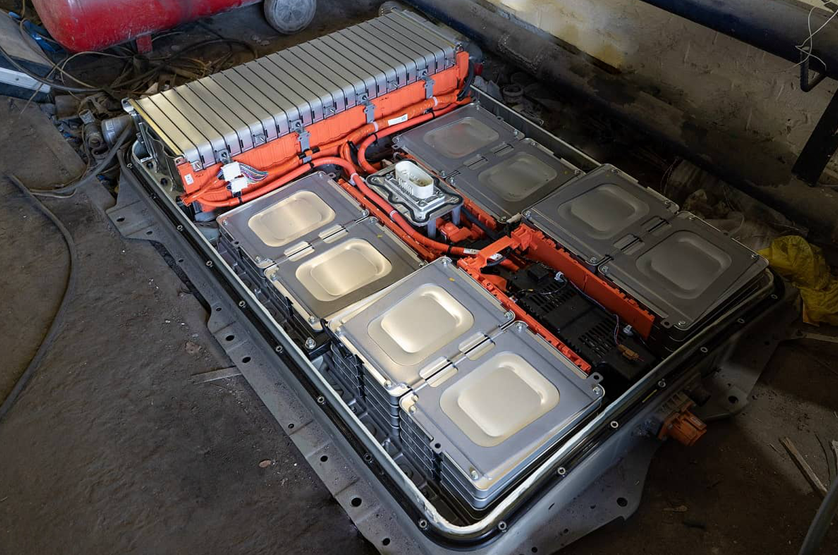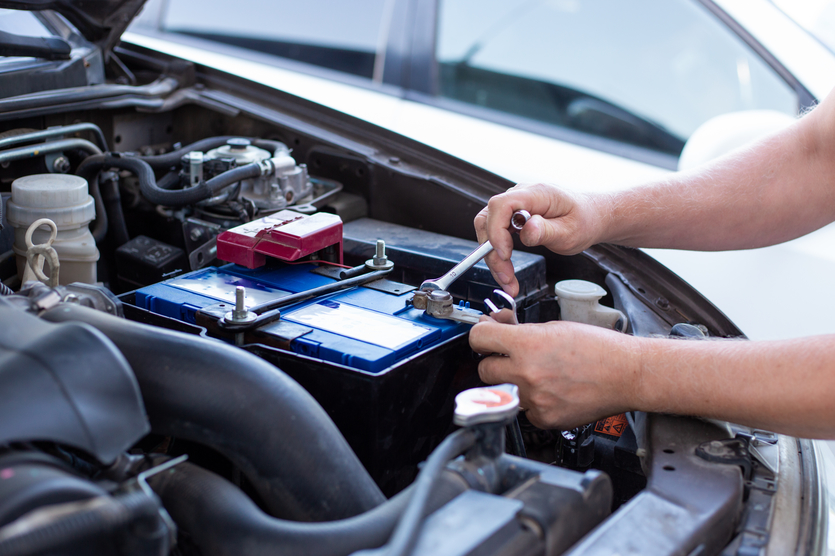Lithium Batteries Connected in Series: Understanding the Benefits and Risks
Lithium batteries have become increasingly popular due to their high energy density, long life, lightweight and low self-discharge rate. Many applications require a higher voltage than a single cell can provide, which is why lithium batteries are often connected in series. While this approach offers several benefits, it also introduces some risks that must be understood and managed.
Benefits of Connecting Lithium Batteries in Series
One of the most significant advantages of connecting lithium batteries in series is the ability to increase the voltage output. This is especially useful in applications such as electric vehicles, where a higher voltage is required to drive the motor. By connecting multiple battery cells in series, the voltage output can be increased without adding more weight or bulk to the system.
Another advantage of connecting lithium batteries in series is that it allows for higher energy storage capacity. The energy storage capacity of a battery is determined by its voltage and its capacity. Connecting multiple cells in series increases the voltage while maintaining the same capacity, resulting in a higher energy storage capacity.
Risks of Connecting Lithium Batteries in Series
While connecting lithium batteries in series offers many benefits, it also introduces some risks that must be considered. One of the most significant risks is that if one cell in the series fails, it can cause the entire battery pack to fail. This is known as a “domino effect,” where the failure of one cell causes a chain reaction that leads to the failure of the entire battery pack.
Another risk of connecting lithium batteries in series is that it can lead to uneven charging and discharging of the cells. If the cells in the series are not of the same capacity or state of charge, then some cells may become overcharged or undercharged. This can result in reduced battery life or even a safety hazard.

Managing the Risks of Connecting Lithium Batteries in Series
To manage the risks of connecting lithium batteries in series, several measures can be taken. One approach is to use battery management systems (BMS) that monitor the voltage, temperature, and state of charge of each cell in the battery pack. The BMS can detect any cells that are overcharged, undercharged, or overheating and take corrective action to prevent further damage.
Another approach is to use cells that are matched in terms of capacity and state of charge when connecting them in series. This ensures that each cell in the battery pack is charged and discharged evenly, reducing the risk of overcharging or undercharging.
Konklusion
In summary, connecting lithium batteries in series offers several benefits, including increased voltage output and higher energy storage capacity. However, it also introduces some risks that must be managed, such as the potential for a domino effect if one cell fails and uneven charging and discharging of the cells. By using battery management systems and matched cells, these risks can be minimized, and the benefits of connecting lithium batteries in series can be realized.
-
 Lithium batteries have revolutionized the way we use portable electronic devices, and now, they are transforming the energy storage industry as well. The High Performance 12V 100Ah Lithium Battery with LiFePO4 technology is a prime example of how lithium batteries are changing the game for renewable energy storage. LiFePO4 technology, or lithium iron phosphate, is the most advanced lithium...Læs mere
Lithium batteries have revolutionized the way we use portable electronic devices, and now, they are transforming the energy storage industry as well. The High Performance 12V 100Ah Lithium Battery with LiFePO4 technology is a prime example of how lithium batteries are changing the game for renewable energy storage. LiFePO4 technology, or lithium iron phosphate, is the most advanced lithium...Læs mere -
 Your car starter battery is one of the most important components of your vehicle electrical system. It provides the power necessary to start your engine, and without a reliable battery, you could find yourself stranded on the side of the road. In this article, we take a look at some of the key features to consider when choosing a car...Læs mere
Your car starter battery is one of the most important components of your vehicle electrical system. It provides the power necessary to start your engine, and without a reliable battery, you could find yourself stranded on the side of the road. In this article, we take a look at some of the key features to consider when choosing a car...Læs mere -
 In today's fast-paced world, technology has become an integral part of our lives. We rely heavily on electronic devices and gadgets, and power outages or low battery levels can cause a lot of inconvenience and frustration. This is where high-quality batteries come in, and the 48V LifePO4 battery is an excellent option. The 48V LifePO4 battery is a rechargeable...Læs mere
In today's fast-paced world, technology has become an integral part of our lives. We rely heavily on electronic devices and gadgets, and power outages or low battery levels can cause a lot of inconvenience and frustration. This is where high-quality batteries come in, and the 48V LifePO4 battery is an excellent option. The 48V LifePO4 battery is a rechargeable...Læs mere -
 Introduction Rail transportation is one of the most reliable and efficient means of transportation in the world. Its popularity and widespread use can be attributed to its ability to transport heavy loads over long distances with minimal environmental impact. The primary source of power for locomotives is electricity, which is stored in batteries. Locomotive starter batteries are an essential component...Læs mere
Introduction Rail transportation is one of the most reliable and efficient means of transportation in the world. Its popularity and widespread use can be attributed to its ability to transport heavy loads over long distances with minimal environmental impact. The primary source of power for locomotives is electricity, which is stored in batteries. Locomotive starter batteries are an essential component...Læs mere -
 When it comes to boating, having a reliable and efficient power source is essential. A cranking battery is designed specifically for this purpose, providing the necessary power to start your boat\'s engine. In this article, we will explore the features and benefits of a cranking battery, as well as provide tips on how to choose the right one for your...Læs mere
When it comes to boating, having a reliable and efficient power source is essential. A cranking battery is designed specifically for this purpose, providing the necessary power to start your boat\'s engine. In this article, we will explore the features and benefits of a cranking battery, as well as provide tips on how to choose the right one for your...Læs mere -
 Introduction Lithium batteries are rechargeable batteries that are commonly used in portable electronic devices and electric vehicles. They are popular because they have a high energy density, meaning they can store a large amount of energy in a small volume or weight. This makes them ideal for use in portable devices that require a long-lasting battery. In this article,...Læs mere
Introduction Lithium batteries are rechargeable batteries that are commonly used in portable electronic devices and electric vehicles. They are popular because they have a high energy density, meaning they can store a large amount of energy in a small volume or weight. This makes them ideal for use in portable devices that require a long-lasting battery. In this article,...Læs mere -
 Introduction Industrial battery chargers play a crucial role in powering various machinery, equipment, and vehicles used in the industrial sector. These chargers are designed to provide efficient and reliable charging solutions for batteries, ensuring optimal performance and longevity. In this article, we will explore the importance of industrial battery chargers and how they contribute to enhancing efficiency and reliability in...Læs mere
Introduction Industrial battery chargers play a crucial role in powering various machinery, equipment, and vehicles used in the industrial sector. These chargers are designed to provide efficient and reliable charging solutions for batteries, ensuring optimal performance and longevity. In this article, we will explore the importance of industrial battery chargers and how they contribute to enhancing efficiency and reliability in...Læs mere

